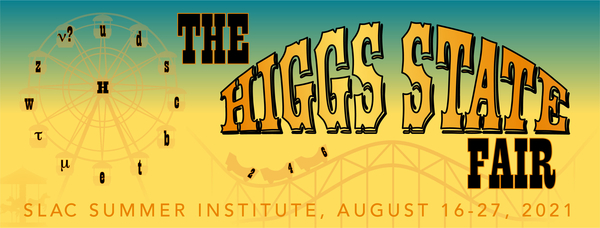Speaker
Description
In our view, the descriptio of Higgs boson in Standard Model has the following problems:
• The Higgs boson in Standard Model has the weak isospin of ½. At the same time, the analysis of experimental data on its decay channels [1] lead to a conclusion that all of the observed final states of the decay products have integer weak isospin. Since the Lagrangian of the Standard Model is symmetric relative to the global SU(2) transformation (the spontaneous braking of symmetry applies to the ground state, not to the Lagrangian), the weak isospin must be conserved.
• The spontaneous braking of symmetry is achieved due to the interaction containing the 4th power of the Higgs field. Such interaction is not introduced to any of the four known interactions, and it is not related to the localization of any symmetry. So this is a purely non-gauge, postulated interaction. As far as we know, there are no experimental confirmations of such interaction existence. The same is true for the Yukawa interaction of the fermion fields with the Higgs field.
• In Standard Model, the spontaneous braking of symmetry is postulated, and not derived from the dynamical equations of the model.
We suggest to consider the Higgs field within the framework of the multiparticle fields model [2]. The quantized multiparticle fields describe the creation and annihilation of the particles which are the bound states of other particles, taking into account their inner structure. Within such model, the Higgs boson is considered as a bound state of two gauge bosons. In such case the spontaneous braking of symmetry is not postulated, but is derived from the dynamical equations of the two-particle field. The self-action of the Higgs field is also not postulated, but is obtained as a result of the non-abelian gauge fields self-action. Thus, it is not considered a separate type of interaction, but rather as a manifestation of the weak interaction. Since the Higgs boson is a bound state of two gauge bosons in our model, it has integer weak isospin, which is in agreement with the experimental data on the Higgs boson decay channels.
- P.A. Zyla et al. (Particle Data Group), Prog. Theor. Exp. Phys. 2020, 083C01 (2020) and 2021 update. (https://pdg.lbl.gov/2021/tables/contents_tables.html)
- D.A. Ptashynskiy, T.M. Zelentsova, N.O. Chudak, K.K. Merkotan, O.S. Potiienko, V.V. Voitenko, O.D. Berezovskiy, V.V. Opyatyuk, O.V. Zharova, T.V. Yushkevich, I.V. Sharph, V.D. Rusov, Multiparticle fields on the subset of simultaneity, Ukrainian Journal of Physics 64(8), 732 (2019). https://ujp.bitp.kiev.ua/index.php/ujp/article/view/2019394/1441



